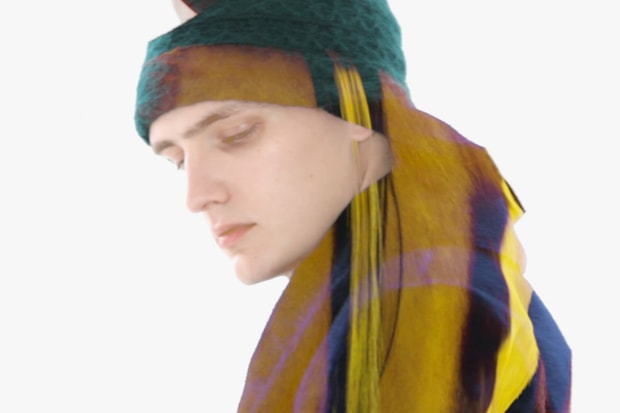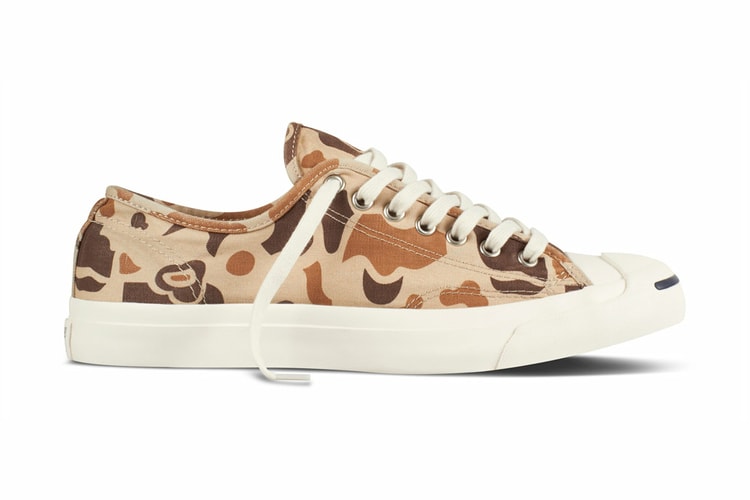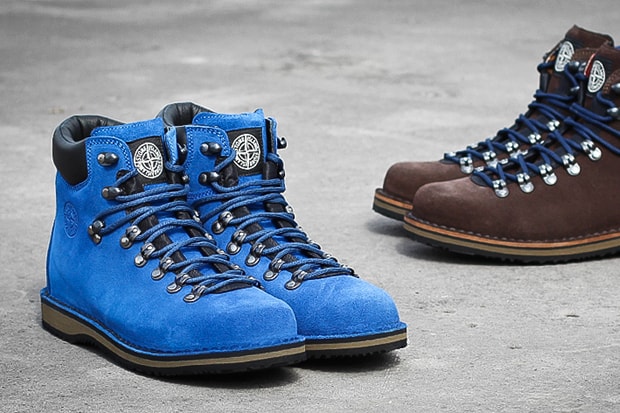Materials & Patterns: Camouflage
The very principle of camouflage in the wilderness and on the fields of combat is to reduce the
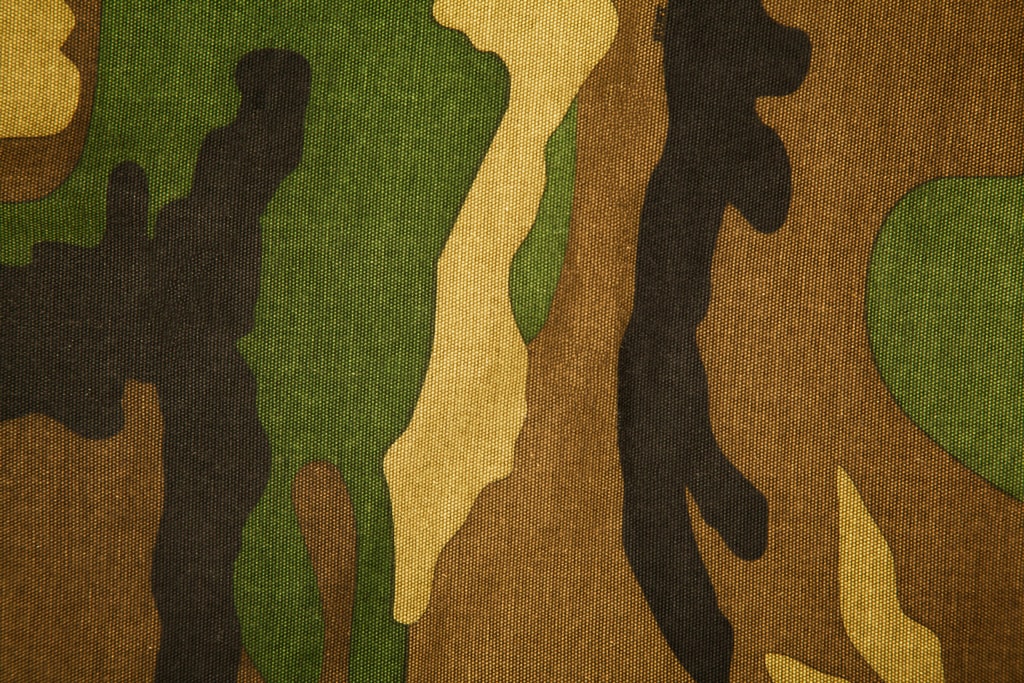
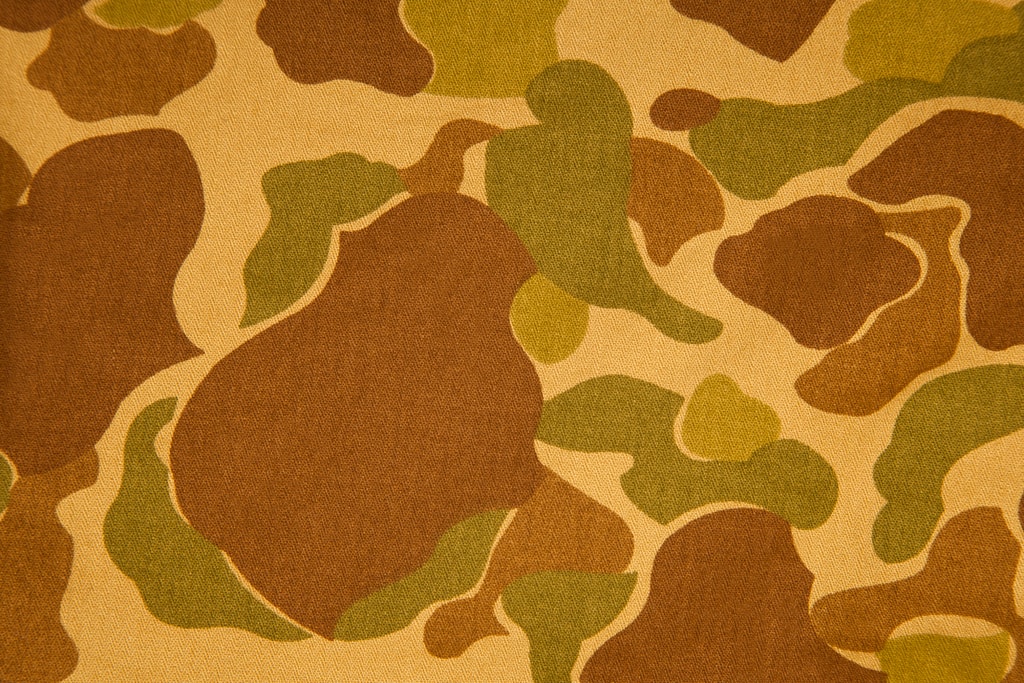
The very principle of camouflage in the wilderness and on the fields of combat is to reduce the chances of its wearer being detected. On the streets however, wearing camo is all about making a statement by essentially maximizing one’s visibility. Over the last few seasonal fashion cycles, we’ve seen a fresh resurgence of camo brought back in vogue by style icons and many others who have lifted the pattern’s edginess and disassociated it with its practical military applications, giving camo a high-fashion and street fashion life of its own.
But beyond the fresh applications, what is camouflage exactly? What was it originally designed for? Like many modern utilitarian fashion staples today, camouflage was born out of military necessity. The word itself joined the military lexicon when it was coined by the French during World War I. However, certain combat-specific hues like rifle green, khaki, and slate grey were already being utilized by several European countries and the United States since the early 1800s. Despite early stereotypes of camouflage being effeminate and a cowardly tactic in combat, the advent of printed camouflage patterns was spurred by the need for visual deception, with the rising applications of highly accurate and increasingly deadly machine guns. Over the course of World War I, many of the countries embroiled in the conflict began to re-think the battle dress of their respective forces, introducing new patterns, colors, and entire concepts of camouflage. Led by the opinions of Winston Churchill who believed deception to be a powerful diversionary, and psychological tactic, the British army wholly adopted camo, followed by the United States, Russia, Italy, Germany, and Portugal. Certain military divisions within began tailoring patterns and combat dress to best suit their needs in the field. Like Scottish snipers who were credited with inventing the Ghillie suit, and Finnish infantry who used white overalls for winter combat.
Early camouflage patterns such as the widely used ‘tree bark’ pattern utilized by the French and British were expertly hand-painted by artists like sculptors and theater-set painters. In World War I’s interim, it was the Italians who were able to mass-produce printed fabric, giving birth to unique camouflaged application in uniforms. Russia and Germany followed suit, developing their own prints (first for their elite units), as the world hurtled towards its second World War. It’s worth noting that in 1914 — long before full adoption by any military force — camouflage was being worn for fashion purposes by couturiers in Paris, who saw the patterns and adopted them for their own clothing. At that time, camo was seen as a symbol of modernity (further illustrating its perceptions as effeminate).
When worn correctly, camouflage is designed to reduce detection as it disrupts the wearer’s outline, merging it with its surroundings. Upon this core principle that dates back to combat at the outset of the 20th century, camouflage can be essentially divided into four distinct types. Bear in mind that while these concepts are derived on established camouflages naturally occurring in the wild, the same core principles apply to those used by the military.
The first of the four types is Concealing Coloration. This is simply the matching of colors to blend in to the surrounding environment, like the early monochromatic green or khaki fatigues.
Second, we have Disguise, which employs certain aspects of concealment, but through a more complex (and often impractical) approach to camouflaging oneself. This is usually accomplished through the employment of complex shapes or structures that are designed to mimic the surroundings, instead of simply blending into them. The Ghillie suit invented by those WWI-era snipers is the quintessential example of disguise.
The third camouflage structure is Disruptive Coloration. This is perhaps the most common form of military camouflage that uses spots, stripes, and other patterns to disrupt the outline of the wearer against any given background. With particular regard to examples like zebras and tigers, the animal kingdom is filled with examples of Disruptive Coloration. In the 1960s, Britain was the first country to issue its regular troops a “disruptive” camouflage pattern for standard battle dress.
Lastly, there is Mimicry. More of a defense mechanism than anything, this form of camouflage pertains mostly to birds, fish, and insects who take on the patterns or color characteristics of creatures higher in the food chain. Beyond the scope of science-fiction film, this example is rarely seen in the real world.
With particular regard to Concealing and Disruptive camouflages, there are literally hundreds of patterns that employ numerous variations of these concepts, which are currently in use by militaries around the world. Further compounding the variations are the myriad of color combinations optimized for various fields of combat (ie: desert, jungle, urban, etc.). Many of these patterns have since been “digitized” for deployment in modern combat theaters, as the outlines of micropatterns have been determined to make their wearers more difficult to see. While digital camo patterns are seemingly less popular for clothing and fashion applications (perhaps due to its direct association with BDUs currently employed by the U.S. Army), San Francisco portaging label Mission Workshop uses a series of digital camo prints on many of their backpacks and BBC also uses it with great success.
Regardless of practical application, perhaps the best-known, and most-replicated variation is the four-color Woodland pattern developed by the U.S. military in 1948. Many of the patterns used by streetwear brands for fashion purposes today are subtly tweaked (or outright copied) variations of the Woodland camo. This such variation is one of Nick Wooster’s favorite patterns found in his shoe collaboration with Leffot. This pattern is a variation of the modern “Panther” Woodland camo used by the Polish army.
However, brands like Stussy and BAPE have created, and essentially “branded” entire signature camouflage lines based off popular military camo variations differing from Woodland. Stussy’s signature “Tiger” camo line is actually replication of the 64-striped jungle combat pattern employed by U.S. forces during the Vietnam War. Tiger stripe is still used by many East-Asian armed forces, and also by the U.S. Air Force, albeit they use it in digitized form, as per the military’s new camouflage standards.
The BAPE 1ST CAMO line is also heavily influenced by early military camouflages, but with BAPE’s signature incorporation of their branding into several patterns of their original design — all of which are dubbed “1ST CAMO.”
The pattern seen on this Porter collaboration is based on BAPE’s popular “Duck” pattern, which was originally developed by the U.S. during WWII. Luckily, many BAPE wearers aren’t aiming to conceal themselves, as the pattern was discontinued by many armed forces after it was determined that it made movement more obvious (even when it made stationary wearers less visible). Duck camouflage is currently the standard issue BDU for Australian Defense Force. One interesting note on Duck camouflage, is that true combat applications tend to clump the patterns closely together to better disrupt the wearer’s outline. However, BAPE’s variation separates the pattern, giving each splotch its own distinctive outline — inherently negating what little effectiveness the pattern maintained. Other subtle variations on BAPE’s own pattern include this down vest and this army shirt.
Not all of current BAPE camo is based off the traditional Duck pattern. Very early versions of BAPE’s camo presentations were reminiscent of the vintage Erbsenmuster camouflages developed by the German army during WWII. That pattern has recently been revisited, like on this Andy Warhol collaboration with Medicom. It’s a doubly-inspired collaboration, as not only is the Andy Warhol “Banana” one of the artist’s most iconic prints, his marriage of camouflage and art for his “Self Portrait” in 1986 was one of his most haunting and influential works to date. The Camo Banana is also a fitting conclusion that further serves to illustrate camouflage’s significant contributions beyond the military, as a permanent installation in nearly every facet of modern fashion and art.



